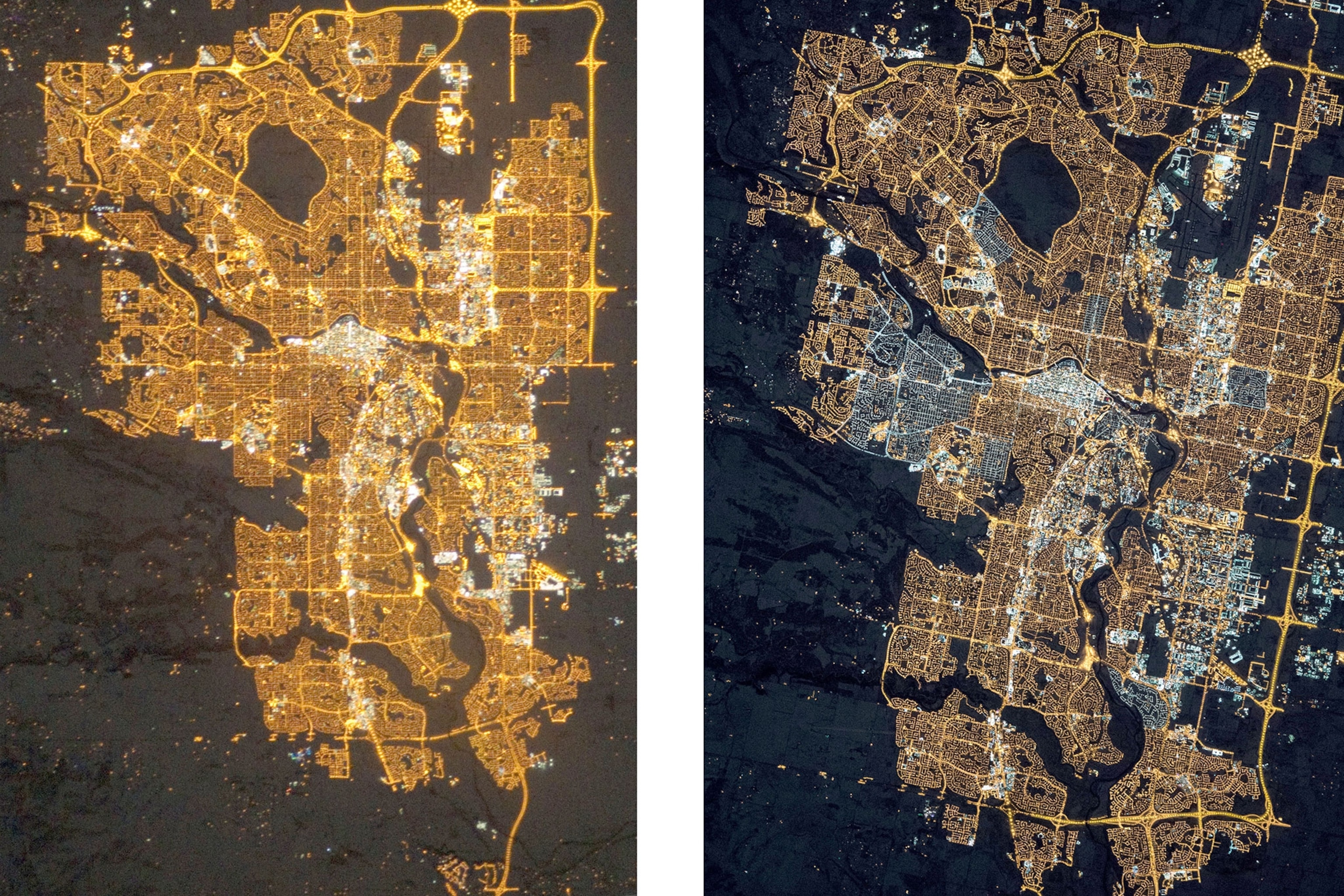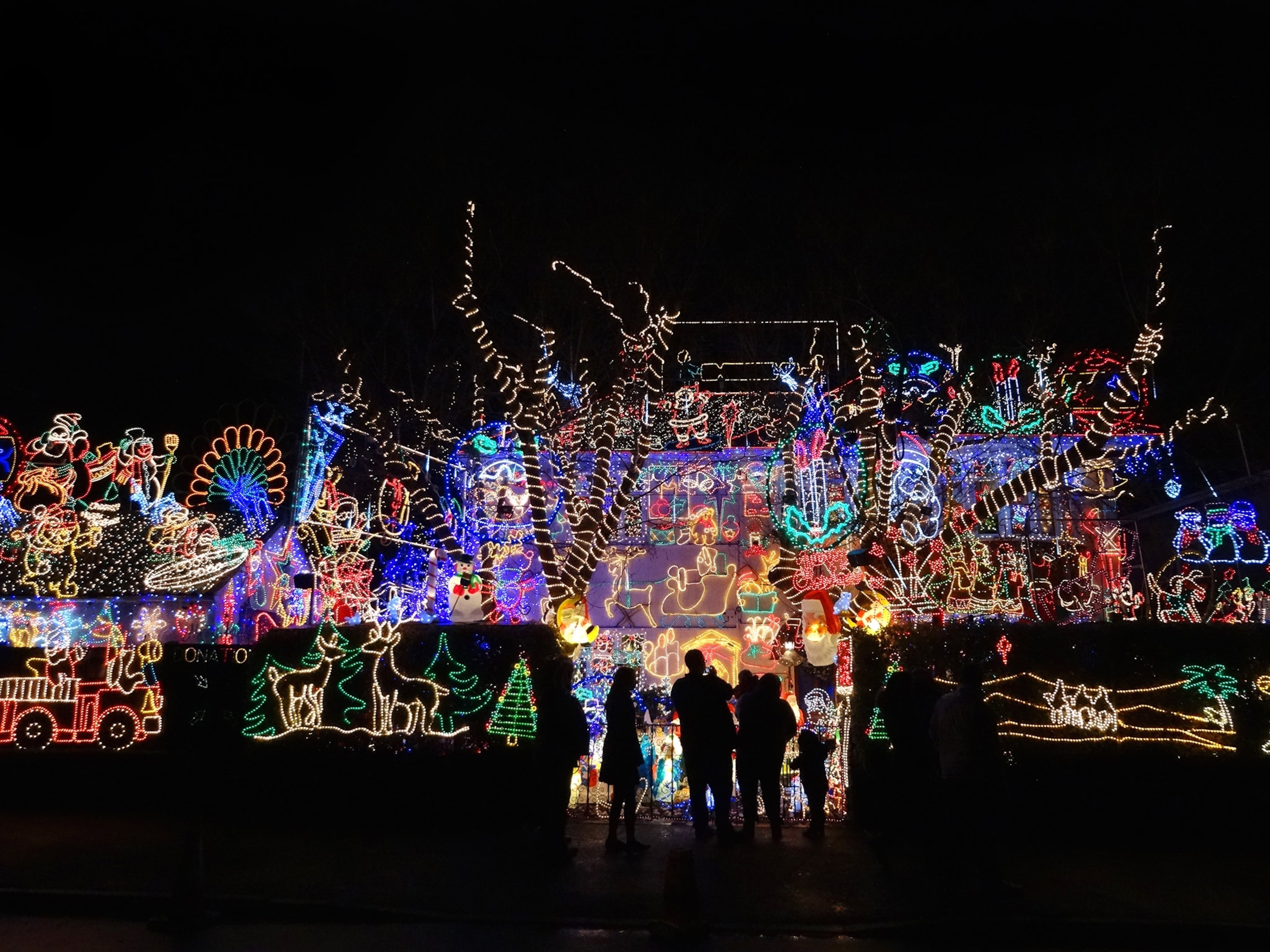
These Energy-Saving Bulbs Are Making One Pollutant Much Worse
Though energy-efficient, bright rays from LEDs are contributing to a host of human and animal problems.
As people across the globe are switching to LED lights in an effort to save energy and money, they may be making another problem worse.
Light pollution has been a growing problem for decades, and the recent introduction of LED (light emitting diode) bulbs has increased the amount of light coming from cities by a considerable amount.
A global study led by Christopher Kyba from the GFZ German Research Centre for Geoscience, the results of which were published in Science Advances, found that the amount of artificial light coming from Earth’s surface at night has increased in radiance and extent by 2 percent every year for the past four years—driven by the rapid adoption of bright LEDs and development.
Scientists observed light pollution by mounting a radiometer designed especially for nighttime lights to a NOAA satellite that orbited the Earth for four years. They found that the fastest increase in the amount of artificial light is coming from developing countries, and the growth in light pollution corresponds to the global growth of gross domestic product.
In addition to the light that has been measured, more light pollution is going undetected because the sensor used in the study cannot measure light below 500 nanometers, including some of the blue light that LED bulbs emit.
Light pollution, particularly the blue light emitted by LED bulbs, doesn’t just make it hard to stargaze. It can cause serious consequences for wildlife, whose biological rhythms and nocturnal instincts are disrupted when they are near a lot of artificial light. In humans, it can disrupt circadian rhythms and make it harder to see when driving at night. And in some cases, it can even make spring arrive early.
The researchers involved in the study say there is hope that the negative impacts of light pollution can be mitigated. Well-designed LED lamps can cut down on the amount of wasted light that the bulbs emit without creating a noticeable difference for human users. Kyba, who led the study, also says that saving energy while reducing light pollution is certainly possible, as long as the energy that is saved isn’t spent on adding more light sources.





